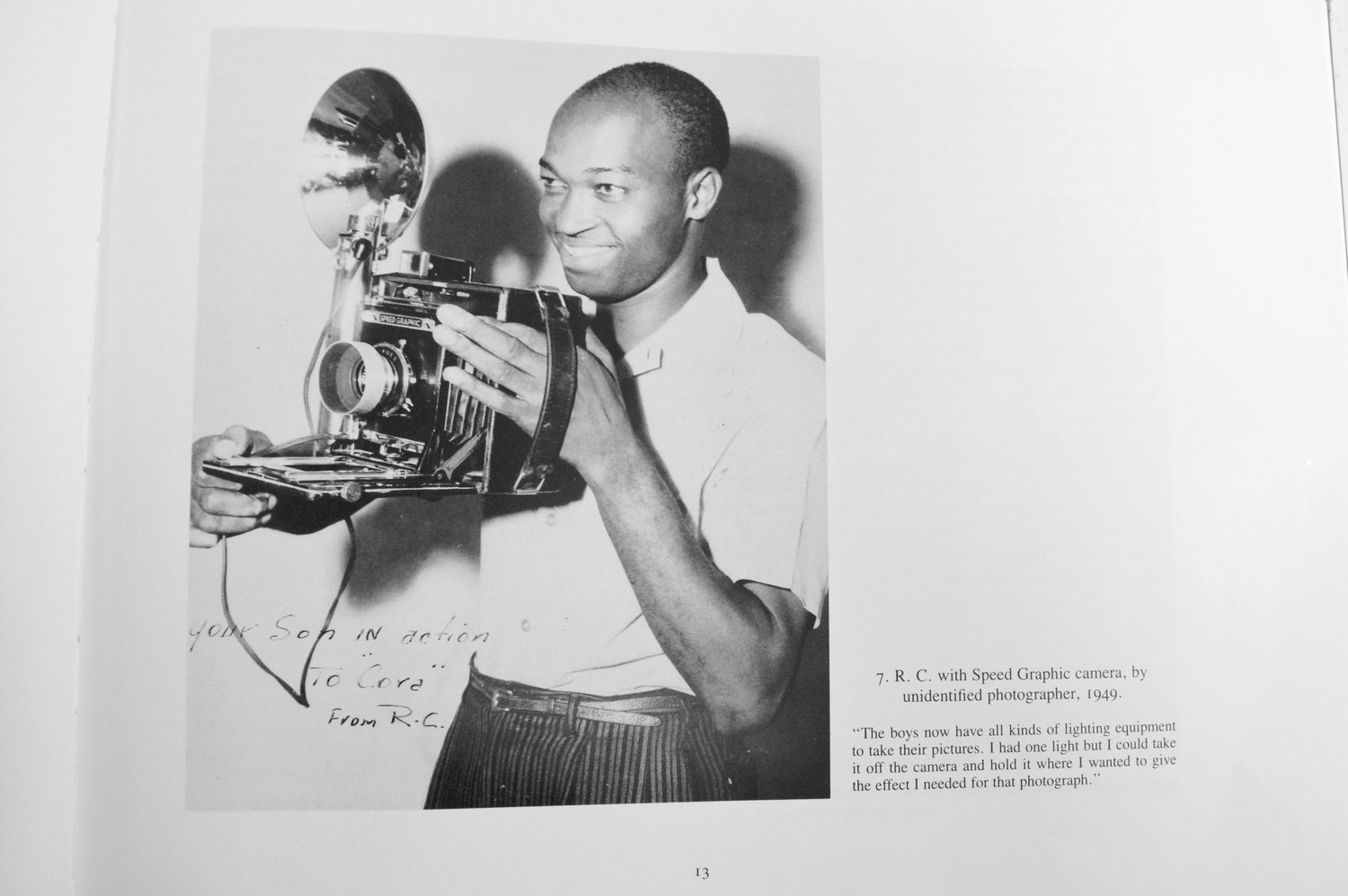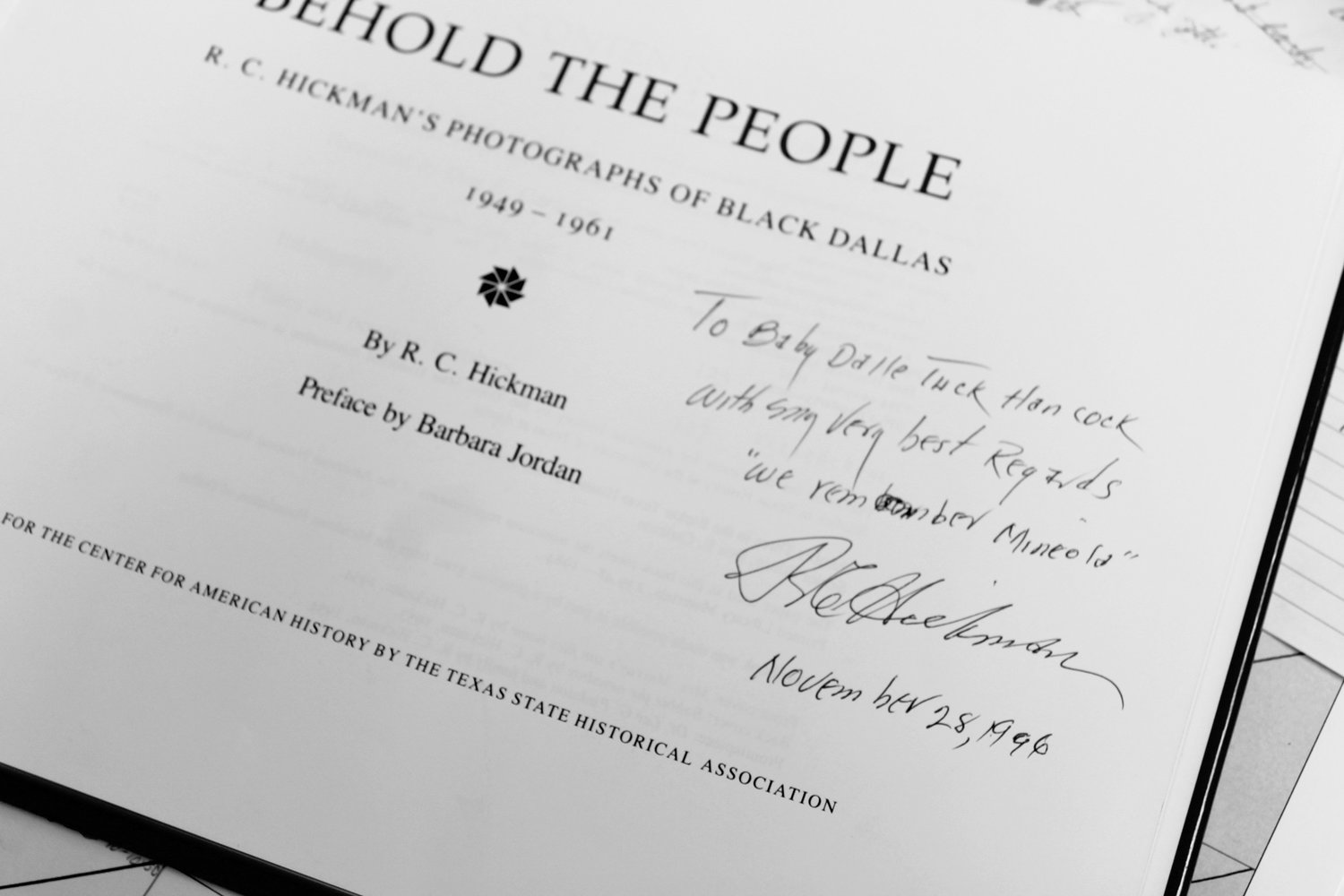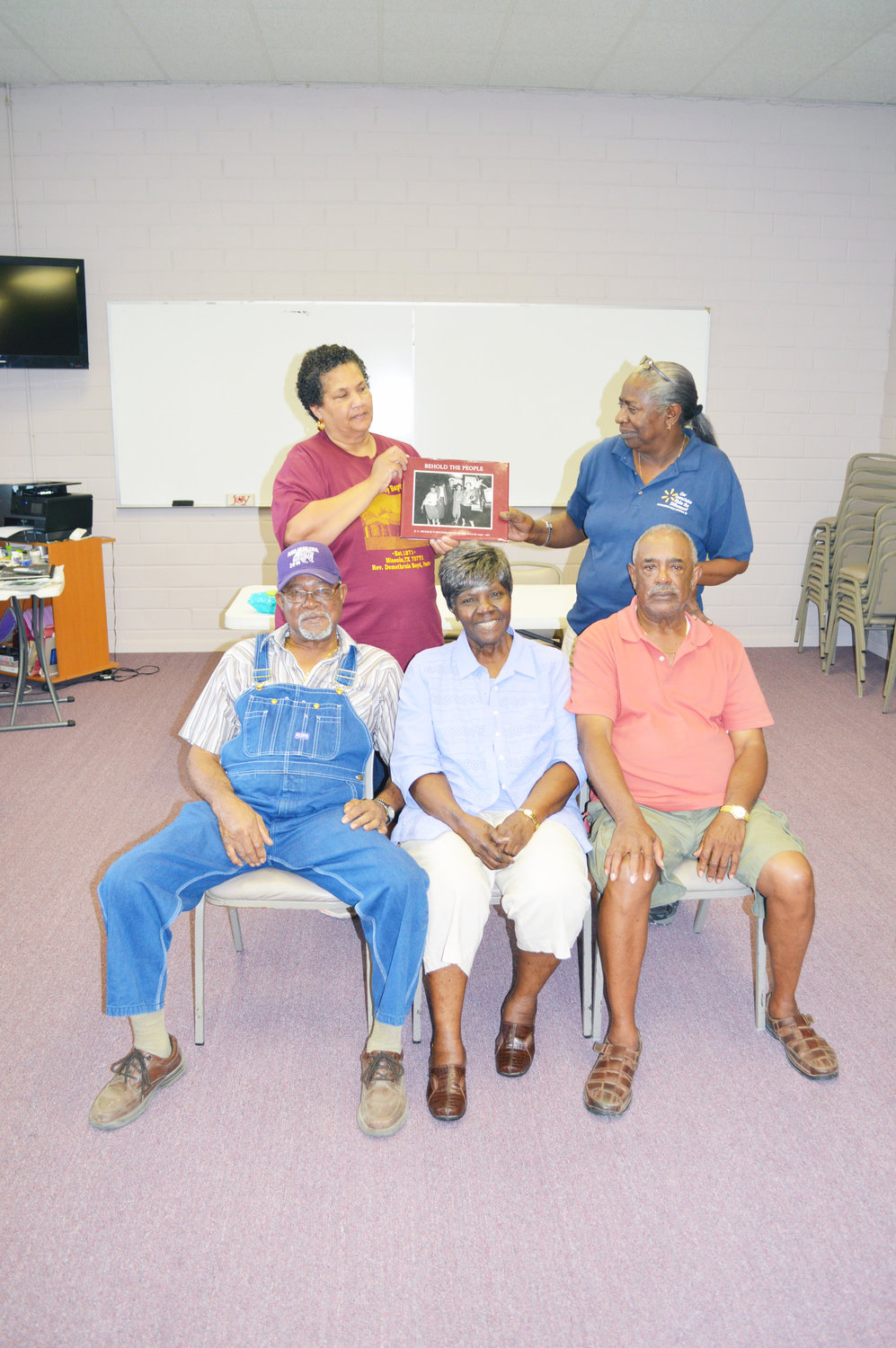Book of photos comes full circle
editor@woodcountymonitor.com
Joyce Williams has found that fate plays some interesting hands as the Mineola Junior Historians continue to work to unearth some more of the town’s history.
The latest twist was spurred by Jim …
This item is available in full to subscribers.
Attention subscribers
To continue reading, you will need to either log in to your subscriber account, or purchase a new subscription.
If you are a current print subscriber, you can set up a free website account and connect your subscription to it by clicking here.
If you are a digital subscriber with an active, online-only subscription then you already have an account here. Just reset your password if you've not yet logged in to your account on this new site.
Otherwise, click here to view your options for subscribing.
Please log in to continueNeed an account?
|
Book of photos comes full circle



editor@woodcountymonitor.com
Joyce Williams has found that fate plays some interesting hands as the Mineola Junior Historians continue to work to unearth some more of the town’s history.
The latest twist was spurred by Jim Phillips, the Mineola Middle School history teacher and co-sponsor of the Junior Historians. He began telling Williams and his students about the Bar 20, for which he wanted to obtain a historical marker. Contrary to the name, it was not a bar, but it was a very popular hangout for black children for years.
“I got interested in it and the kids got interested in it,” Williams said. Along the way research for that marker led to a convergence of other elements of history that paint even more of the picture.
The Bar 20 at Padgett Street and Belcher Streets was run by Cora Hickman. One of her children was Rufus Cornelius “R.C.” Hickman. R.C. became a well-known photographer recording countless historic events of black Americans’ lives that weren’t being covered by the other media, as well as the struggle for civil rights. From middle class to celebrities and newsmakers, Hickman photographed them with his camera. Ever the diligent historian, Phillips went to the courthouse to determine that Hickman was born in 1918. He died in 2007.
Hickman learned the art of photography in the U.S. Army and when he was discharged began working at a photo studio. He studied photography in college under the GI bill and began an approximately 30-year career. Over his career from the 1940s to the 1970s he captured beautifully exposed images of people of his race that often, if photographed at all, lost all mid-tones and became sad inky blobs.
He worked for the Star Post, Dallas Times Herald, Dallas Express and Kansas City Call. His photographs also appeared in national magazines such as Ebony and Jet. His works are also archived at the University of Texas in Austin.
Some years ago his work was compiled into a hardback book entitled, “Behold the People: R.C. Hickman’s Photographs of Black Dallas, 1949-1961,” published by the Texas Historical Commission.
In her research, Williams noticed a photo in the book of a group of youngsters at the Bar 20 as the sole Mineola image in the book. She decided to order the book off Amazon, but ever mindful of budget, she ordered used books.
Of three books she received, two were autographed. One of those was signed by R.C. Hickman, “but it’s who he wrote it to,” she said. Hickman wrote the inscription to Baby Dalle Tuck Hancock from Mineola, the sister of Willie Brown. Brown is a former member of the California Assembly and mayor of San Francisco. “I just thought that was so awesome that it started here in Mineola with R.C. Hickman,” Williams said. She understood that Hancock is still living, 89 years old and in California.
From Brenda Hunt, former classmates of Mr. Hickman’s were tracked down and met on a rainy afternoon at the Addie McFarland Center recently to look over the books. They were Edward Dickey of Lindale and Virginia McCalla and Clarence Slayton, of Mineola, and all alumni of the Mineola Colored School class of 1951. It was the same class as Willie Brown. Hickman was of the generation of their parents. The school later became McFarland until integration in the late 1960s.
Asked if they had memories of the Bar 20 and if they went there, they chuckled and McCalla answered, “Every day.” Slayton recalled they got an hour off for lunch. “And everybody had to walk home. We’d eat lunch, real quick, and come back to the Bar 20 and we would dance there until the first bell rung and then we’d all run to school so that we wouldn’t be late for the second bell.”
“I was first because I only lived a block and a half from the Bar 20,” Slayton said.
Dickey, a retired teacher, said from his recollection R.C. owned the Bar 20 “but I don’t remember him being there. First thing I can recall his mom took it over.” McCalla recalled that Hickman and his wife ran it for a while until they moved back to Dallas.
Dickey said the majority of the time that Hickman took pictures was after he had moved to Dallas. “They were my cousins. I used to be at their house all the time,” McCalla said. “He was just my relative because I used to go to their house all the time when I was small,” McCalla said. Her mother, Floy Hudson, and Hickman’s mother were first cousins.
“The only thing I remember,” Slayton said, “I lived almost next door” to the Bar 20. “All I remember was he used to come in, and work around the house and run the Bar 20 for a while, and then he was gone.”
Dickey said he guesses he started going to the Bar 20 in the seventh or eighth grade, and it was there when he graduated because he went back there several times. The last he knew who was running it was Mrs. Hickman, and different people came in and started running it afterward. He went away to college.
It was not a bar at all. “It was all children,” Dickey said. Why was it called Bar 20? “I don’t know but I’ve got my ideas,” he said. McCalla said she was told that there was one that burned down when they were small children and the last one that was there was the rebuilt version.
Was the business an important place in their lives? “It was to me,” Dickey affirmed as McCalla chuckled. “It was the only place to go,” McCalla said. There were other places, but they couldn’t go there because they weren’t old enough. Dickey said he went there when he got out of the Navy and came back to go to school. He had already been to college for two years. When he went then “the majority of the people were much younger than I was.”
“We could walk anywhere then,” McCalla said. “Didn’t have to worry about anybody bothering you.”
They also said that Cora Hickman made sandwiches, beans and cornbread. “She had the best hamburgers,” Slayton added, “during that time. Course, everything was good during that time,” he said laughing. “Cause you couldn’t get it anywhere else,” Dickey added in. They could get “a big Pepsi cola” and candy bars were a nickel, Slayton said. “And the peanut patties, that they make now, back then they were penny peanut patties.”
There would be more young people there on the weekend that the weekdays. Friday night was football night, Saturday it would be open and then open again on Sundays after church.
Many people went there on Saturdays, Dickey said, “Yeah, but some of us had to work. It was the only gathering place we had.”
It seems even in its after life, the Bar 20 has a way of bringing old Mineola friends together, even if it is through a picture book.








